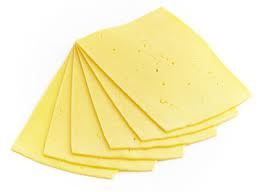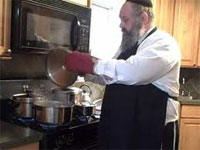Published Summer 2009
Those of us who remember the famous marketing jingles of years past certainly recall the memorable multitudes of people locking their arms together while singing the praises of a soft drink, “What the world wants is the real thing!” Today, that exclamation resounds throughout the beverage industry while most of the world is looking for the healthy, natural, nothing artificial, real thing … others just want something yummy.










 STAR-D
STAR-D STAR-S
STAR-S